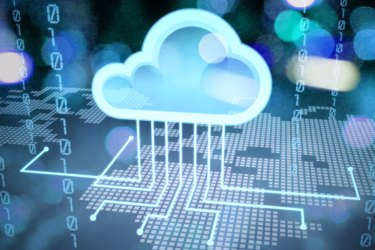The MSP's Guide To Business Continuity And Disaster Recovery On Azure

As cloud adoption continues to grow among small and medium businesses (SMBs), Microsoft Azure has emerged as a popular option. When SMBs run workloads in Azure, they agree to a shared responsibility model. In this model, the cloud provider (Microsoft) assumes responsibility for the security and protection of the physical data centers, hosts, and network, while the user is responsible for everything else—including information and data, applications, and more.
As a result, SMBs and their managed service providers (MSPs) are responsible for the security and protection of their infrastructure workloads. However, two key obstacles emerge in keeping their workloads up and running.
First, they face the ever-present risk of business disruption events like power outages, hardware failure, or natural disasters. Pair that with the cybersecurity landscape, which is becoming increasingly complex, and it becomes clear why it’s essential to have a plan in place for business continuity and disaster recovery (BCDR).
Get unlimited access to:
Enter your credentials below to log in. Not yet a member of VAR Insights? Subscribe today.
